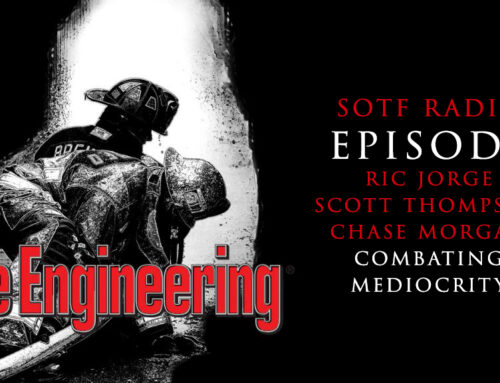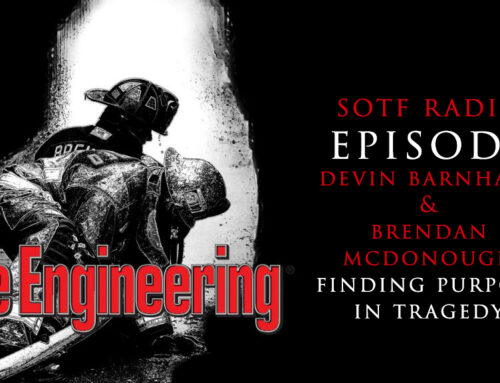Burn experts are only 77% accurate when subjectively assessing burn depth, leaving almost a quarter of patients to undergo unnecessary surgery or conversely suffer a delay in treatment. To aid clinicians in burn depth assessment (BDA), new technologies are being studied with machine learning algorithms calibrated to histologic standards. Our group has iteratively created a theoretical burn biopsy algorithm (BBA) based on histologic analysis, and subsequently informed it with the largest burn wound biopsy repository in the literature. Here, we sought to report that process.
The was an IRB-approved, prospective, multicenter study. A BBA was created a priori and refined in an iterative manner. Patients with burn wounds assessed by burn experts as requiring excision and autograft underwent 4mm biopsies procured every 25cm 2. Serial still photos were obtained at enrollment and at excision intraoperatively. Burn biopsies were histologically assessed for presence/absence of epidermis, papillary dermis, reticular dermis, and proportion of necrotic adnexal structures by a dermatopathologist using H&E with whole slide scanning. First degree and superficial 2 nd degree were considered to be burn wounds likely to have healed without surgery, while deep 2 nd and 3 rd degree burns were considered unlikely to heal by 21 days. Biopsy pathology results were correlated with still photos by five burn experts for consensus of final burn depth diagnosis.
Sixty-six subjects were enrolled with 117 wounds and 816 biopsies. The BBA was used to categorize subjects’ wounds into 4 categories: 7% of burns were categorized as 1 st degree, 13% as superficial 2 nd degree, 43% as deep 2 nd degree, and 37% as 3 rd degree. Therefore 20% of burn wounds were incorrectly judged as needing excision and grafting by the clinical team as per the BBA. As H&E is unable to assess the viability of papillary and reticular dermis, with time our team came to appreciate the greater importance of adnexal structure necrosis over dermal appearance in assessing healing potential.
Our study demonstrates that a BBA with objective histologic criteria can be used to categorize BDA with clinical misclassification rates consistent with past literature. This study serves as the largest analysis of burn biopsies by modern day burn experts and the first to define histologic parameters for BDA.




